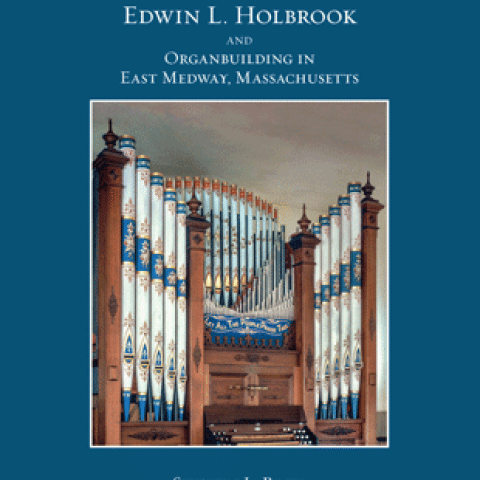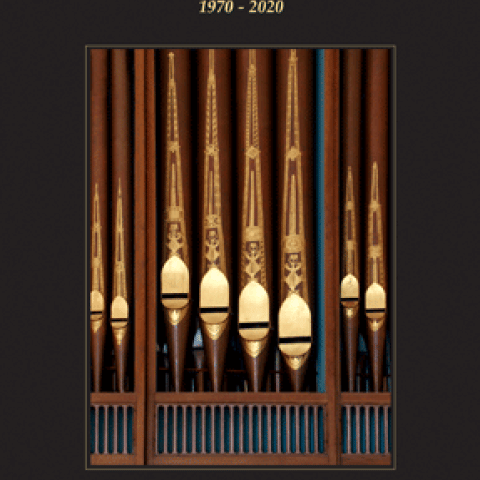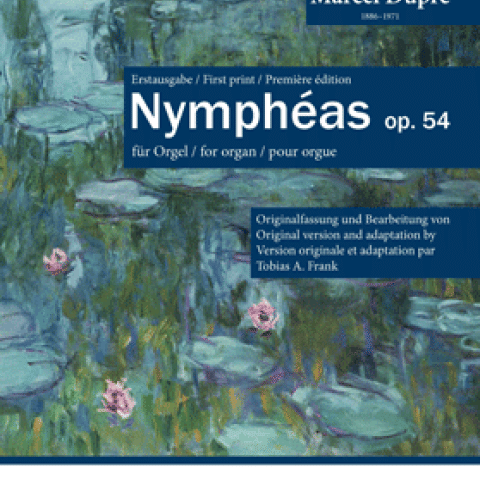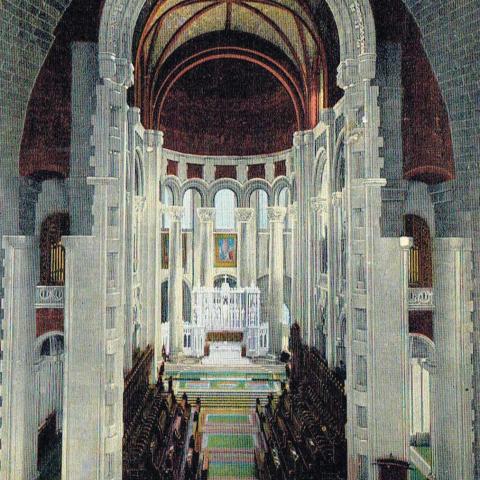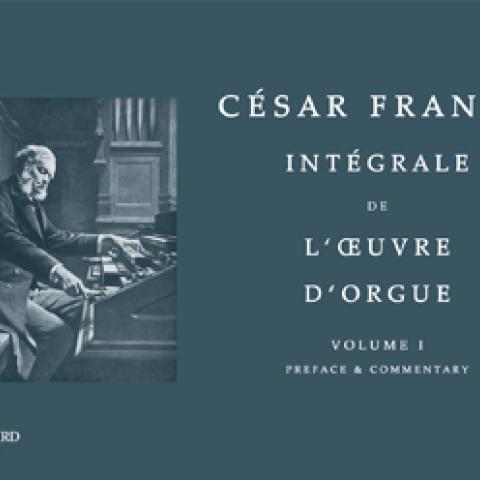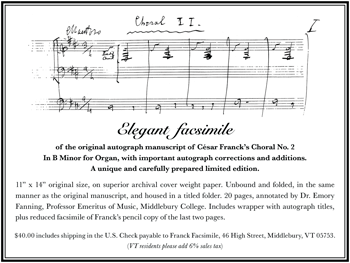
To mark the bicentennial of the birth year of César Franck (1822–1890), a facsimile of the original autograph manuscript of Choral No. 2 in B Minor for organ, including autograph corrections and additions, has been made available again in a limited number of copies.
Measuring the original size of the manuscript at 11 inches by 14 inches, it is printed on archival cover weight paper. At 20 pages, it is annotated by Emory Fanning, Professor Emeritus of Music for Middlebury College in Vermont. The document includes a wrapper with autograph titles, plus a reduced facsimile of Franck’s pencil copy of the last two pages.
Cost is $40, including shipping, payable by check, available from: Franck Facsimile, 16 High Street, Middlebury, Vermont 05753. (Vermont residents add 6% sales tax.)
Other recent publications:

